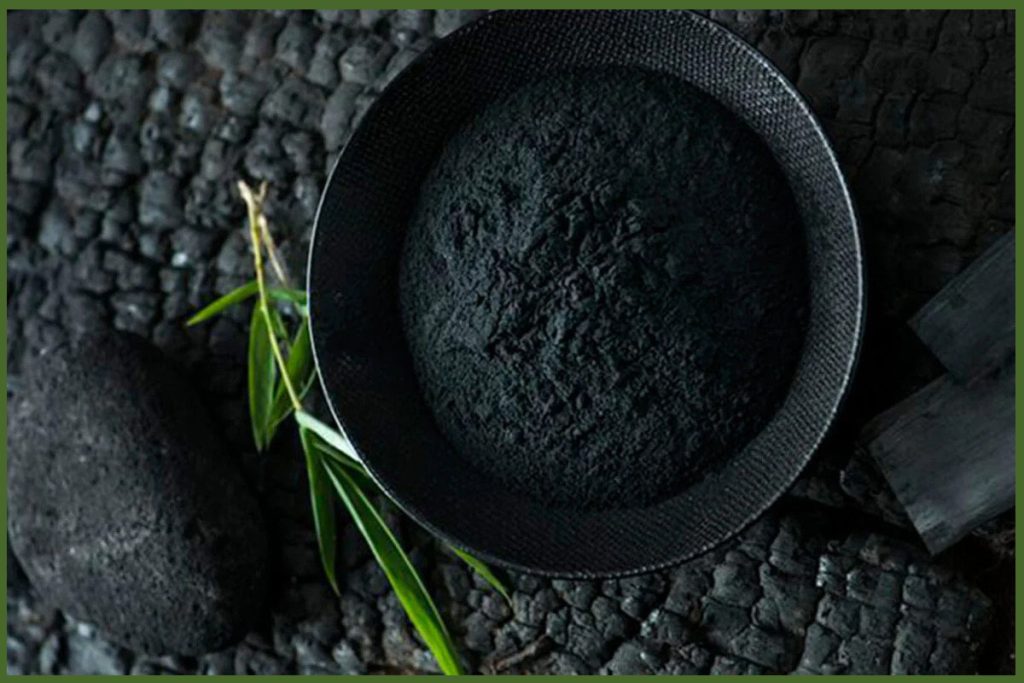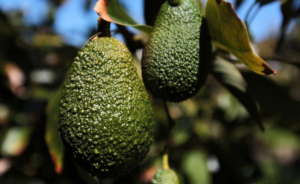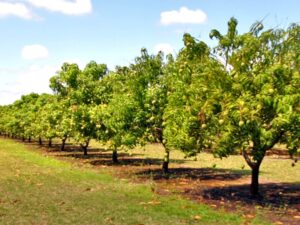Lets talk about
Coconut Story
Origin and Significance
The Story of the Coconut: Nature's Gift Unveiled
The coconut, scientifically known as Cocos nucifera, is a tropical marvel with roots deeply embedded in Southeast Asia. Its botanical name is believed to have Spanish origins, with “cocos” possibly meaning “monkey-faced” or “eerie-faced.” This versatile palm tree has earned the moniker “Kalpavriksha” in Indian classics, symbolizing the all-giving tree. In India, its fruit, often called “Lakshmi Phal,” holds cultural significance and is integral to various social and religious functions.
Coconut
Discover the pure essence of coconut goodness
Coconut Husk
Experience the durability and eco-friendliness of coconut husk
Coconut Shell
Discover the versatility and resilience of coconut shell
Coconut Leves
Harnessing the strength and grace of coconut leaves
Features of the Coconut Tree
The coconut palm stands tall, reaching 20-30 meters in height, with a smooth gray bark marked by scars from fallen leaves. Remarkably long-lived, it can produce an annual yield of 50 to 100 coconuts for up to a century. Thriving in tropical climates, it’s a global presence, contributing significantly to the economies of many countries.
Versatility Unleashed
Beyond being a refreshing drink, food source, and provider of shade, the coconut tree offers an astonishing array of products that touch every facet of life. From housing materials to clothing, mats, furniture, and even musical instruments, this “Kalpa Vriksha” is a symbol of sustenance. Its leaves, fibers, and sap are utilized for baskets, roofing, and toddy (palm wine). The coconut’s utility is so extensive that it stands as a testament to nature’s generosity.

Plants
Coconut
Coconuts are fruits of the coconut palm, originating in Southeast Asia and spread through migration or ocean currents. They consist of a drupe with a thin epicarp, fibrous mesocarp, and woody endocarp. Coconuts, about 1-2 kg, remain fresh for months, making them suitable for worldwide shipping. The challenge is opening them; a screwdriver and mallet work better than a hammer. The water inside is versatile, used for drinking or cooking. Beyond consumption, coconuts contribute to various products like soap, lubricants, and coir for mats. Coconut palms are common in Florida and the Caribbean but can pose hazards due to falling coconuts in resorts.
Coconut products are derived from different parts of the coconut palm tree, offering a wide range of uses. The fruit itself yields coconut water, coconut milk, and coconut flesh (kernel). Coconut water is a refreshing drink, while coconut milk is a common ingredient in cooking and baking. The coconut flesh is used in various culinary applications.
Products made from coconut include coconut water, coconut milk, coconut oil, and coconut flour for culinary purposes. In non-edible applications, coconut contributes to items such as soaps, lubricants, cosmetics, and coir, a fiber used in mats and brushes.
Coconut oil, renowned for its medium-chain triglycerides (MCTs), offers potential benefits for heart health and cognitive function. Additionally, its topical application is favored for skin moisturization and anti-inflammatory properties. Coconut water serves as a natural hydrating solution, rich in electrolytes, low in calories, and supportive of digestive health with its fiber content. Coconut milk, a dairy-free alternative, is nutrient-dense, containing essential vitamins and minerals, and may contribute to heart and bone health. These coconut products collectively provide a range of health advantages, from hydration and weight management to skincare and nutritional support.
Beautiful nature
Coconut Husk
Coconut husk, also known as coir or coconut coir, is the fibrous outer cover of the coconut fruit. It is a natural byproduct of the coconut harvesting process. The husk is typically composed of coarse fibers that surround the coconut seed. Due to its durable and resilient nature, coconut husk has various applications, and it can be processed into different products.
Coir fiber is extracted from the outer husk through processes like retting or unretted methods. It is known for its strength, durability, and resistance to saltwater.
Used in the production of ropes, mats, yarns, and other textiles. Valued for its natural properties, coir fiber is eco-friendly and sustainable.
Coir yarn is spun from coir fiber, typically in 2-ply form. It is produced by hand or using machinery, and its quality varies based on factors like fiber quality and twisting methods.
Used in various industrial and agricultural settings for tasks like binding, tying, and other applications requiring strong and durable yarn
Coir pith, also known as coco peat, is a spongy material extracted from the coconut husk. It is a byproduct of the coir fiber extraction process.
Used as a soil conditioner and growing medium in horticulture. It improves soil structure, retains moisture, and is an eco-friendly alternative to traditional soil amendments.
Coir geotextiles are made from coconut fibers and are used for erosion control and soil stabilization.
Placed on land surfaces, these textiles help promote vegetation growth and are biodegradable, making them environmentally friendly.



Coconut Shell
Activated Carbon
Activated carbon, derived from coconut shells through carbonization and activation, possesses a highly porous structure. The carbon-rich char is created by heating coconut shells, and subsequent activation forms an extensive network of pores. This production method yields activated carbon with a large surface area, making it exceptionally effective for adsorbing impurities.
This coconut shell activated carbon is widely utilized in water treatment, air purification, and gold recovery processes due to its outstanding adsorption capacity. Its natural origin and sustainable production contribute to its eco-friendly reputation compared to alternatives, positioning it as a compelling choice for industries seeking efficient, sustainable, and environmentally conscious solutions in purification and filtration applications.


Coconut Shell
Charcoal Briquetes
Coconut shell charcoal briquettes offer a sustainable and eco-friendly option, serving as an alternative to traditional charcoal. Crafted from coconut shells, the production involves a carbonization process followed by mixing the resulting char with a natural binding agent and compression into briquettes. These briquettes burn cleaner and longer than regular charcoal, providing an efficient grilling experience with minimal smoke and ash. Beyond convenience, they contribute to environmental conservation by utilizing coconut shells as a byproduct that might otherwise go to waste.
These versatile briquettes have gained popularity in grilling and cooking applications, imparting a mild and pleasant aroma to food. The natural composition enhances the overall grilling experience, and their sustainable sourcing from coconut shells aligns with the increasing demand for eco-friendly alternatives in the charcoal industry. This makes coconut shell charcoal briquettes a preferred choice for environmentally conscious consumers seeking both efficiency and sustainability.




